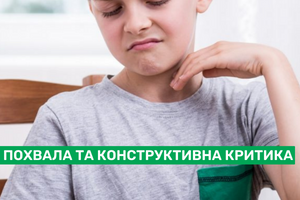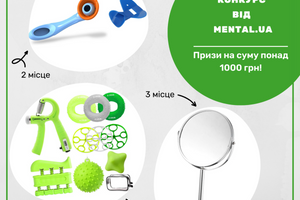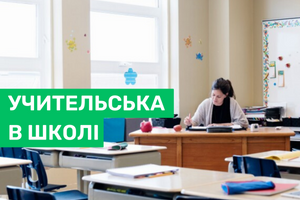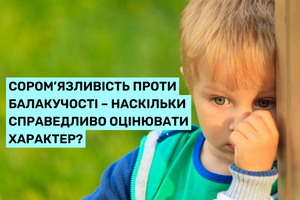Selective mutism - about the disorder, symptoms, therapy
CONTENT:
What is selective mutism?
What forms of therapy are used in the work with selective mutism?

What is selective mutism?
Selective mutism is a disorder associated with communication difficulties, manifested by the child's lack of speech in one environment (for example, in kindergarten, school), while effective use of language in other places. The disorder begins in childhood, its essence is a persistent fear of speaking in the presence of other people. Most children with mutism refuse to speak in kindergarten/school and communicate normally at home. Usually, avoiding conversation worries adults, especially strangers or people they don't know very well, less often - peers.
Other difficulties that occur in selective mutism are most often: general timidity, avoiding eye contact, sketchy behavior, not accepting new things, not eating at daycare/school, not using the toilet outside the home, negativism, problems with keeping boundaries, increased auditory sensitivity, increased muscle tone, general motor clumsiness, impaired sensory integration.
What forms of therapy are used in the work with selective mutism?
A child with suspected mutism needs careful diagnosis and treatment.
Diagnostics includes a psychological, speech therapy, pedagogical examination and a psychiatrist's consultation - it can be carried out in a Psychological and Pedagogical Dispensary or a Psychiatric Hospital. An important element is the so-called differential diagnosis.
In working with a child with a diagnosis of selective mutism, methods should be used that will gradually reduce feelings of anxiety, but at the same time encourage and promote verbal contact. The most commonly used form of therapy is cognitive behavioral therapy. It consists in gradually confronting the child with increasingly difficult situations in which he has to communicate (both without words and with the help of words), while practicing skills to overcome anxiety. The so-called method of systematic desensitization and gradation of exposure.
The sliding technique, also known as the sliding technique, is a frequently used technique in selective mutism therapy, the small step method (also referred to as behavioral methods). Therapeutic activities take place in an environment where the child is silent (usually in a kindergarten or school). She gradually gets used to the circumstances that cause fear (mainly manifested by silence).
First, the child stays and talks with a chosen confidant (usually parents), then another person (for example, a peer, a teacher) begins to accompany him, to whose presence the child gets used to. Activities and games that inhibit speech (pre-planned and graded) are performed during classes (eg rhymes, songs, naming pictures with a trusted person, but when the person represented is in the next room, etc.). The circle of people to whom the child lets his voice be heard should be gradually increased.
During sliding therapy, the support of a psychologist is very important, who must monitor the course of therapy, adapt it to the needs of the child, support the parents and equip the child with techniques to overcome anxiety.
















































